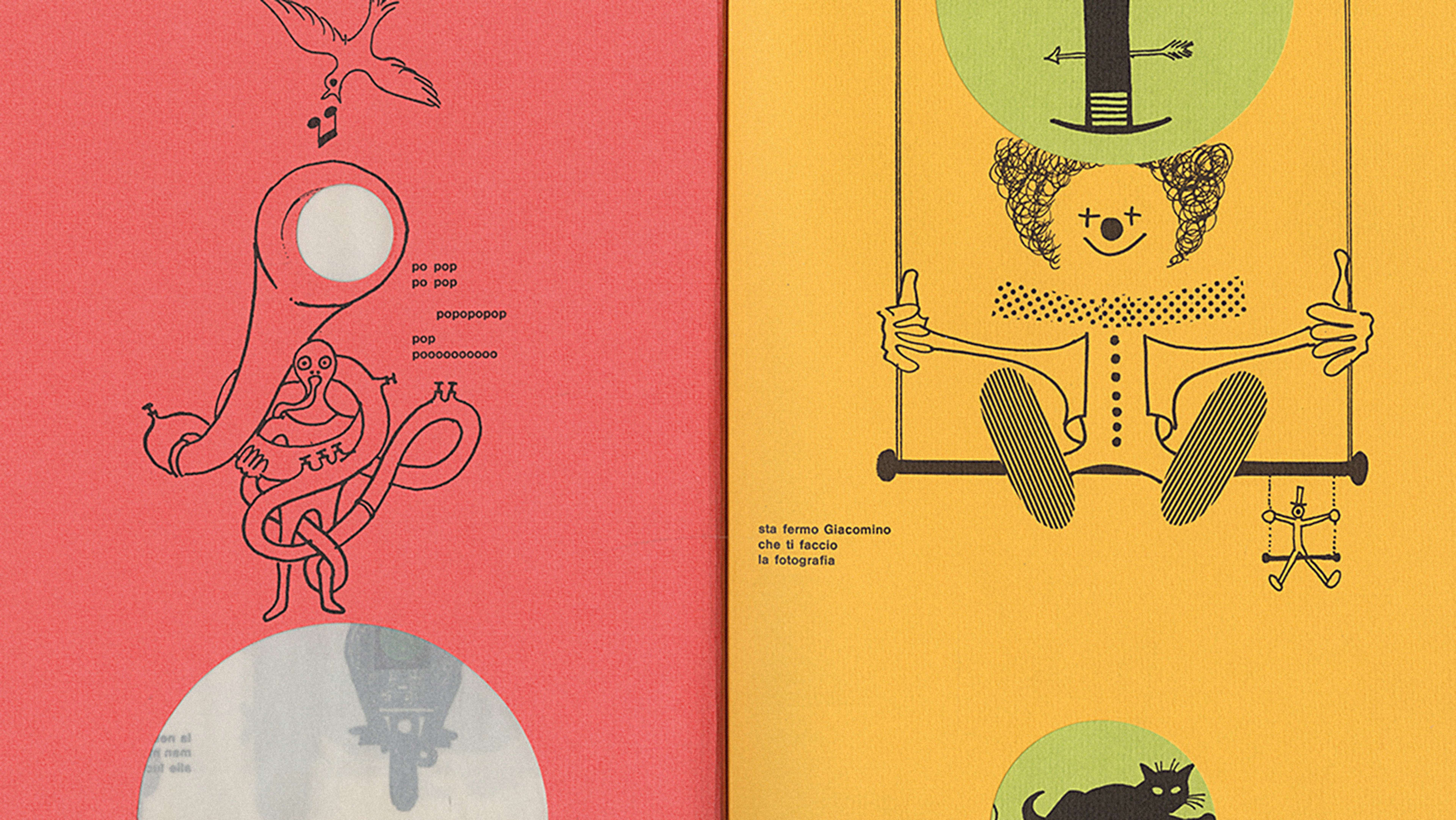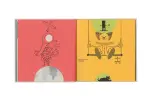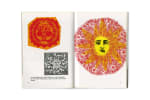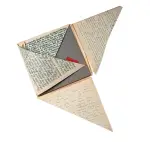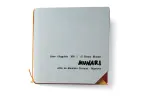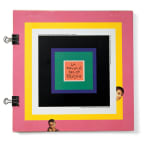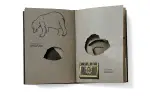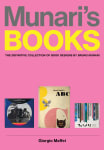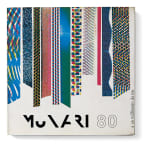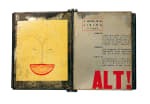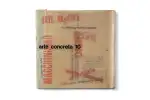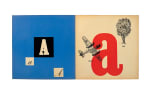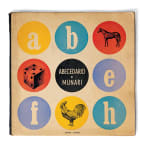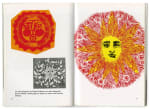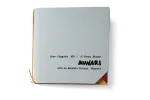Italian modernist Bruno Munari mastered the craft of elegant book illustration even as he chafed against the limits of words and pictures on paper. In the years before his death in 1998, the restless artist produced dozens of “illegible books” that incorporated twine, fur, hammers, torn holes, quilts, and other tactile elements designed to wreak havoc on the conventional restraints of neatly bound pages.
Munari’s greatest hits, brought together in the new paperback compendium Munari’s Books, illustrate an ongoing experiment to remake the print medium as a container for nonverbal ideas. Author Giorgio Maffei told Co.Create, “Munari always felt the traditional book was too limiting. For him, the book must deliver not only literary or communicative contents, but also be an aesthetic item capable of being admired for its beauty alone. This is the purpose and the innovative passion that characterizes each one of Munari’s works, even the simplest typographic creation.”
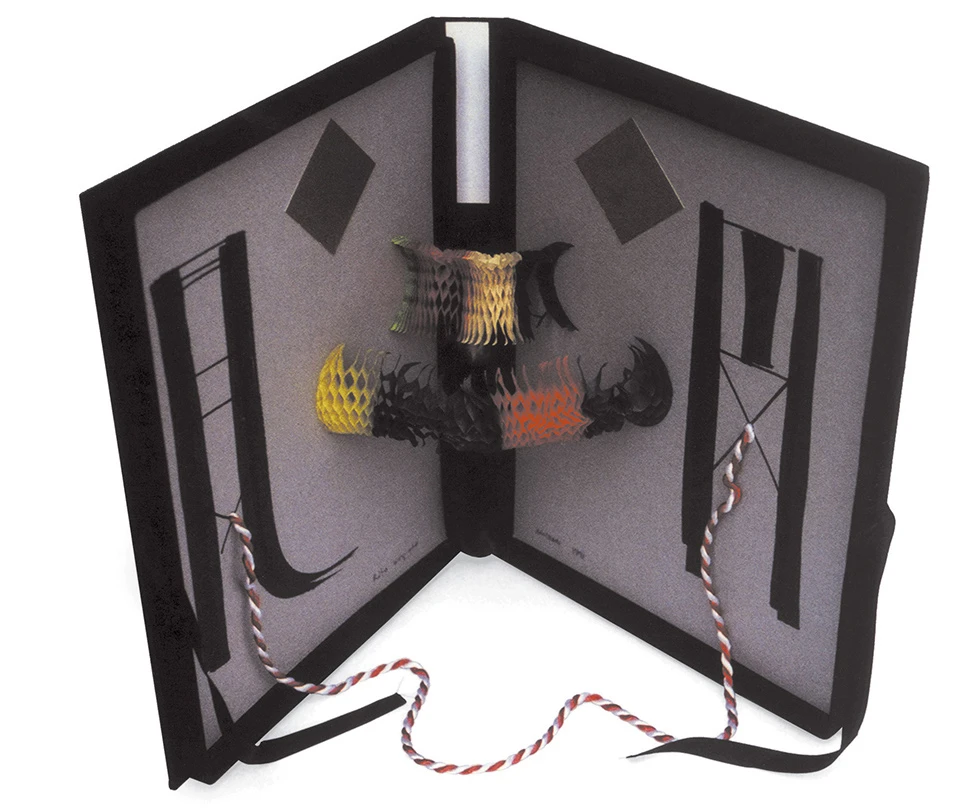
Beyond Reading: The Illegible Book
As detailed in the slideshow above, even Munari’s whimsical children’s books stretched boundaries when he punched holes in the pages to dramatize illustrated text. But his most radical work took the form of publications that dispensed entirely with words. “The idea of ‘illegibility’ is the most striking part of Munari’s research in terms of new aesthetic functions of the book,” Maffei explains. “When the book loses its primary purpose–the text–it multiplies its morphologic and aesthetic possibilities through shape and color. The illegible book opens up new communicative properties of the book object that had never previously been considered. “
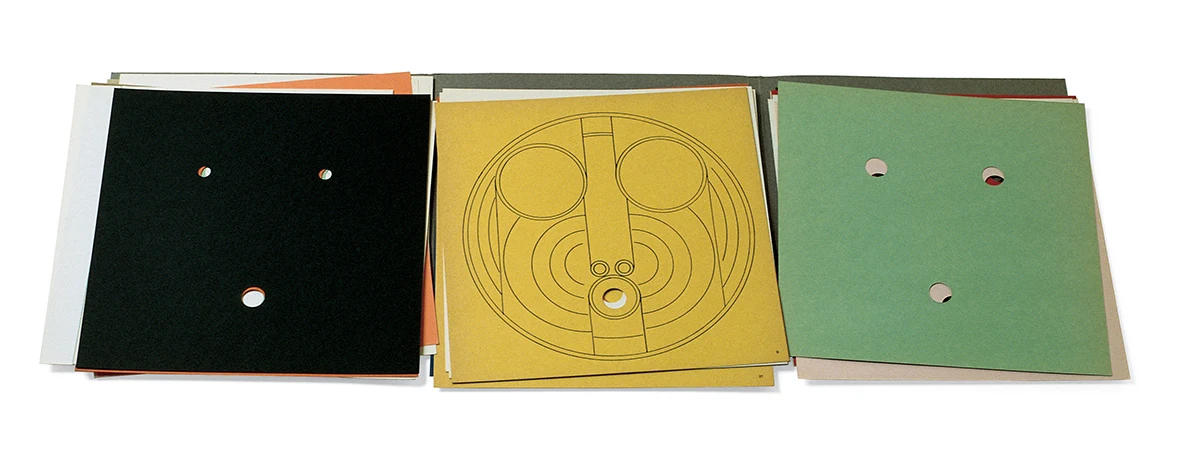
Analog Man
For more than six decades, Munari tried to burst the analog boundaries of hard copy. Had he lived to see the 21st-century triumph of virtual screens, Munari probably would have jumped headfirst into new media’s new potential, according to Maffei: “I think Munari would have loved today’s digital media. He loved the new, loved experimenting with the unknown, and would undoubtedly have been at ease in this technological world. But he wouldn’t have forgotten that the ‘nonbook’ is only a medium. Ideas, inventions, taste, and culture are the true tools of a creative man.”
Recognize your brand’s excellence by applying to this year’s Brands That Matter Awards before the early-rate deadline, May 3.
